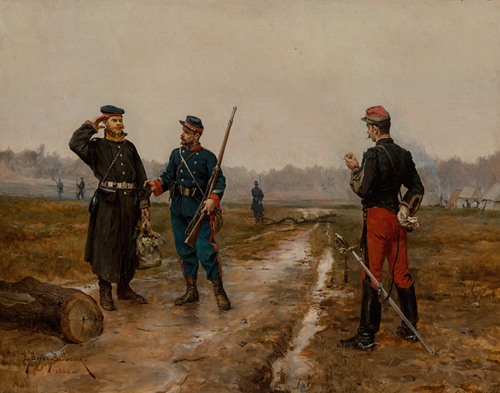
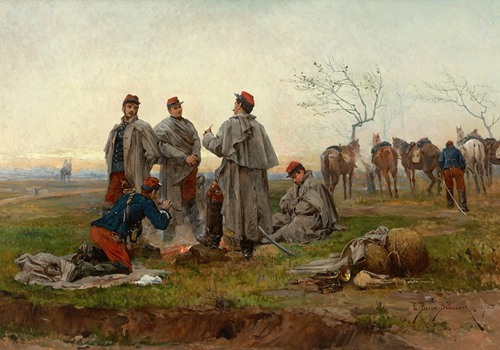
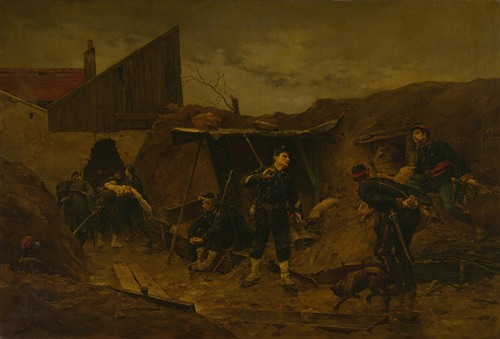
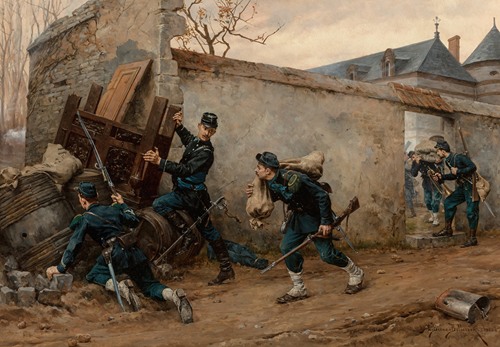
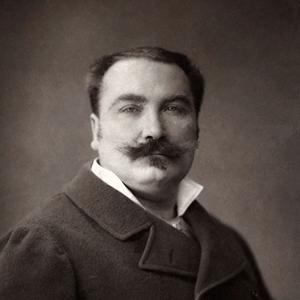

Étienne-Prosper Berne-Bellecour was a French painter, printmaker, and illustrator. He was known for his war art.
Berne-Bellecour was born on 29 June 1838 in Boulogne, France. He studied under François-Édouard Picot and Félix-Joseph Barrias. He initially painted landscapes and portraits. He worked in photography to support himself while he studied. He also attended the École des Beaux-Arts and competed for the Prix de Rome in 1859.
Berne-Bellecour, along with his brother-in-law Jehan Georges Vibert, produced a comedic play titled "La Tribune Mécanique" which was performed at the Palais Royal in 1862. He showcased his works at several Salons in the 1860s and later.
He won a prize for photography at the Universal Exposition of 1867. In 1868, Vibert encouraged Berne-Bellecour to devote himself entirely to painting.
Berne-Bellecour, Vibert, Alexander Louis Leloir, and Édouard Detaille went on a trip to Africa in 1870, later returning to serve in the Franco-Prussian War.
Berne-Bellecour served in the francs-tireurs and won a medal for gallantry under fire. His later works focused on military subjects.
He also practiced as a sculptor and an etcher. He was named a Chevalier in the French Legion of Honor in 1878.
Berne-Bellecour died in Paris on 29 November 1910. His son Jean-Jacques Berne-Bellecour (1874–1939) was also a military painter.



